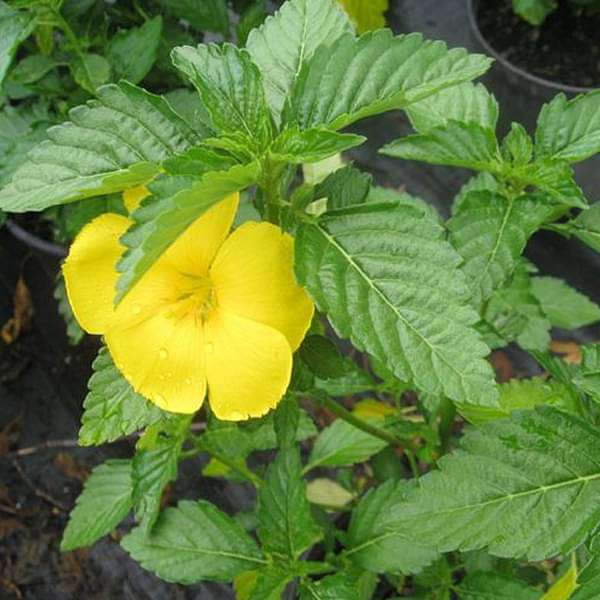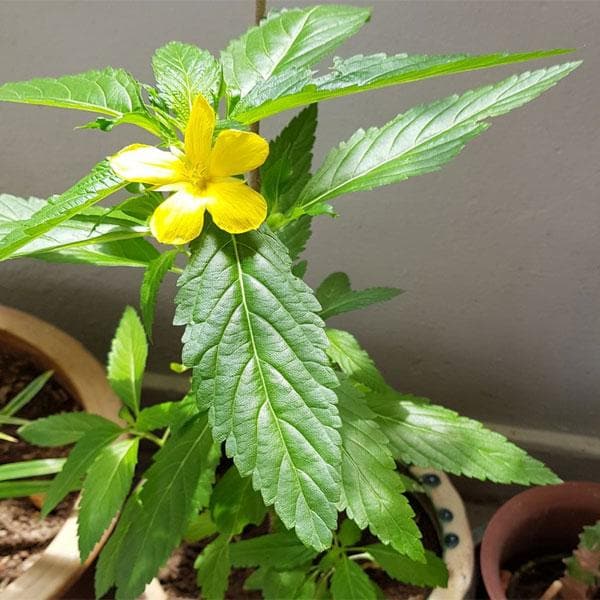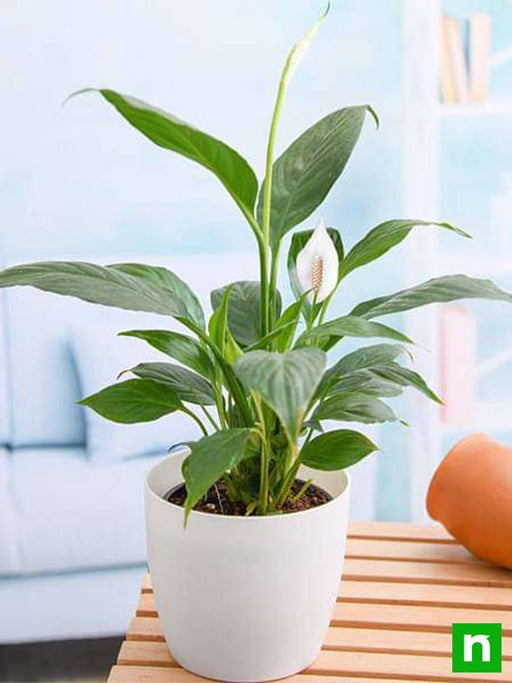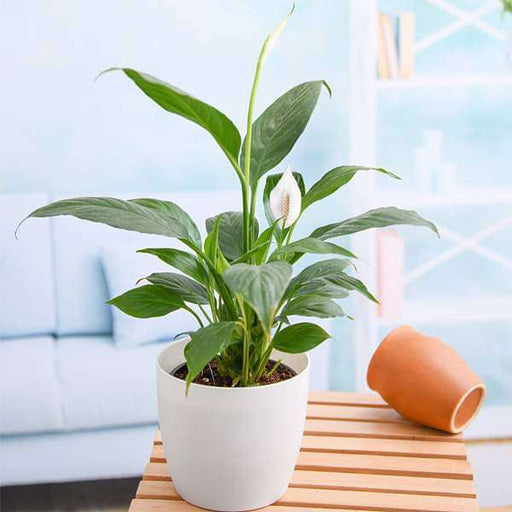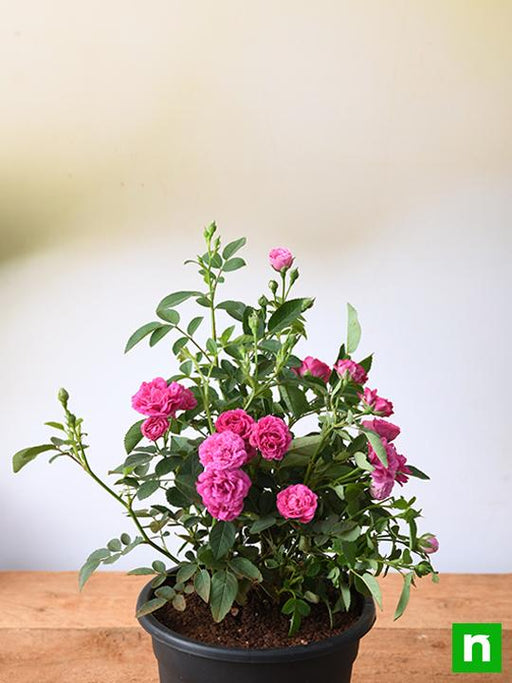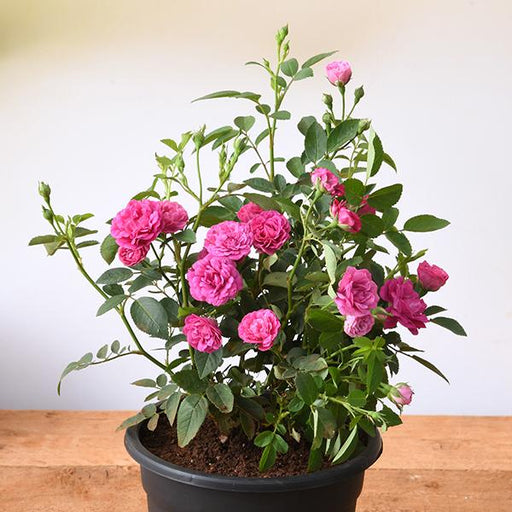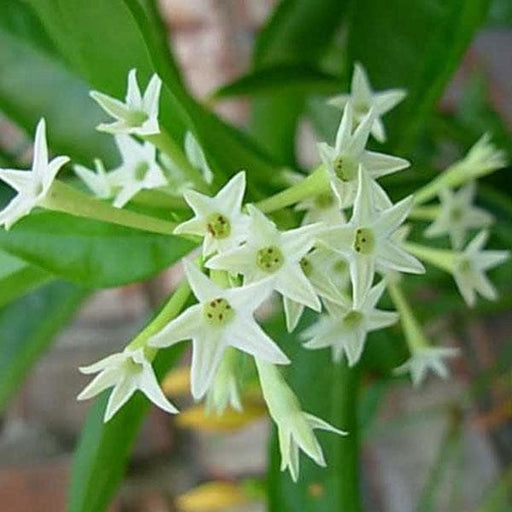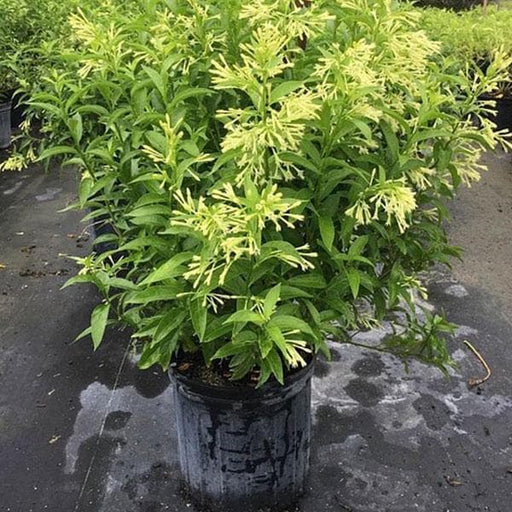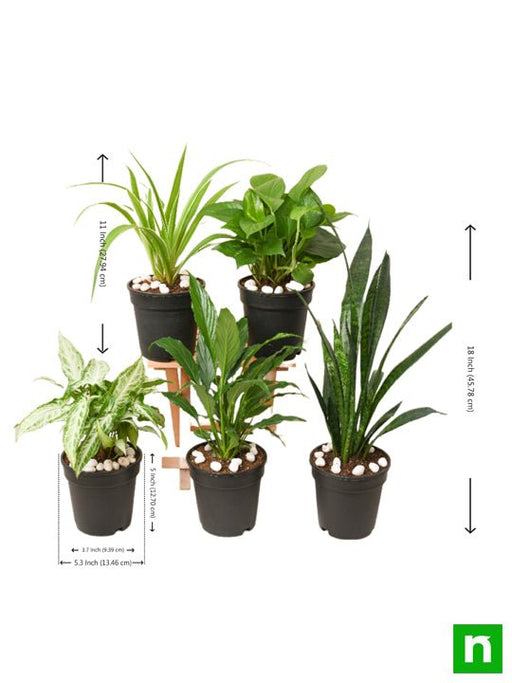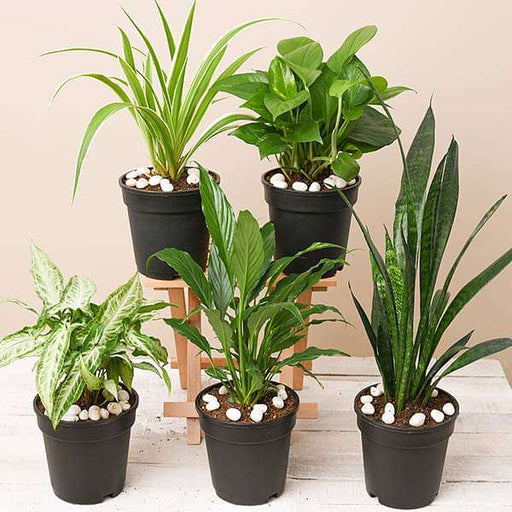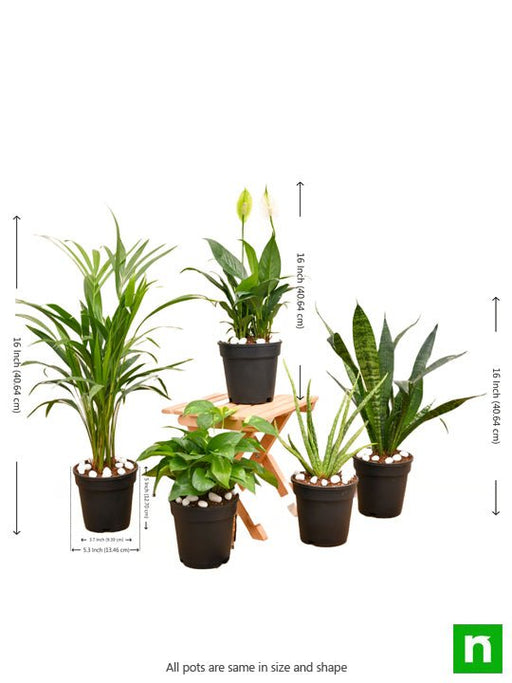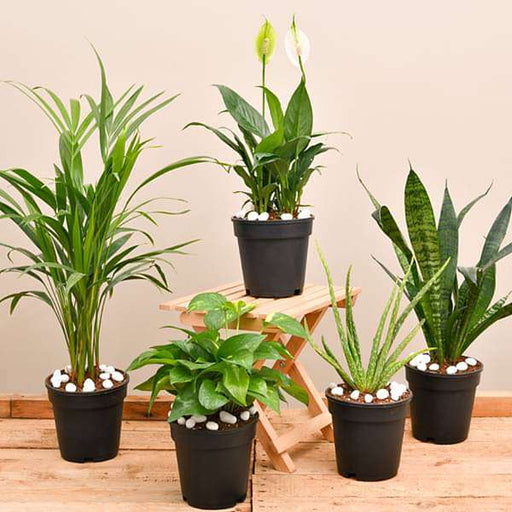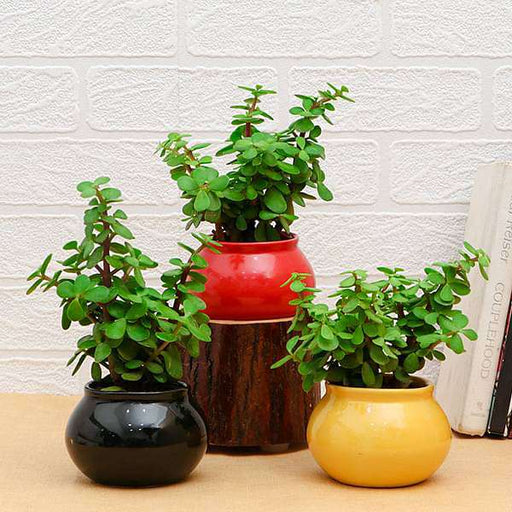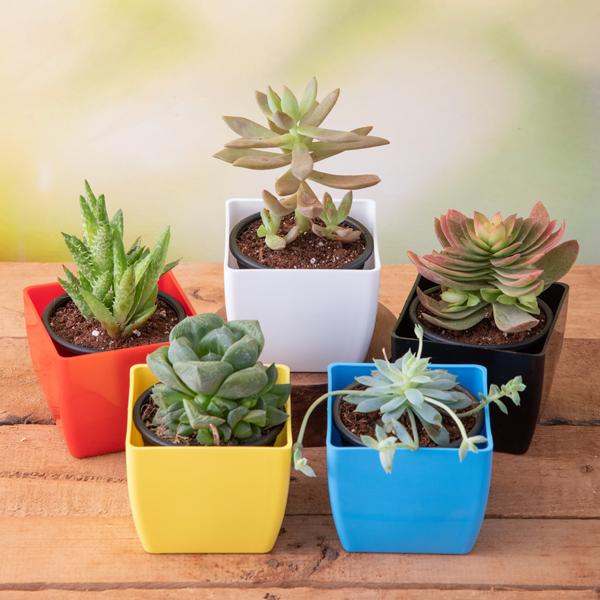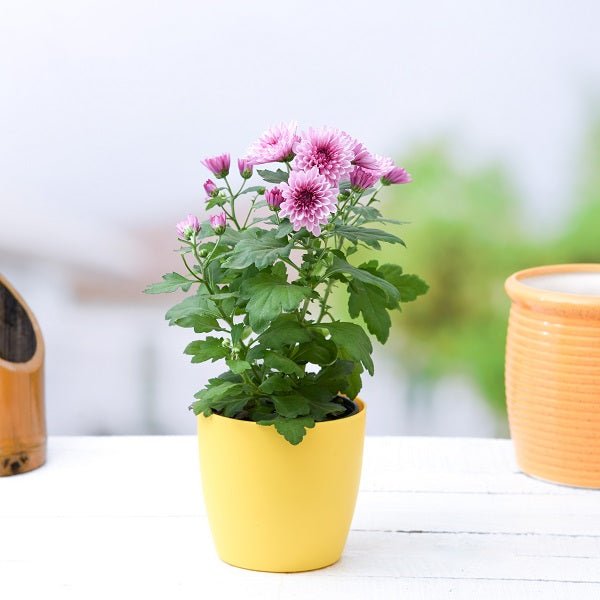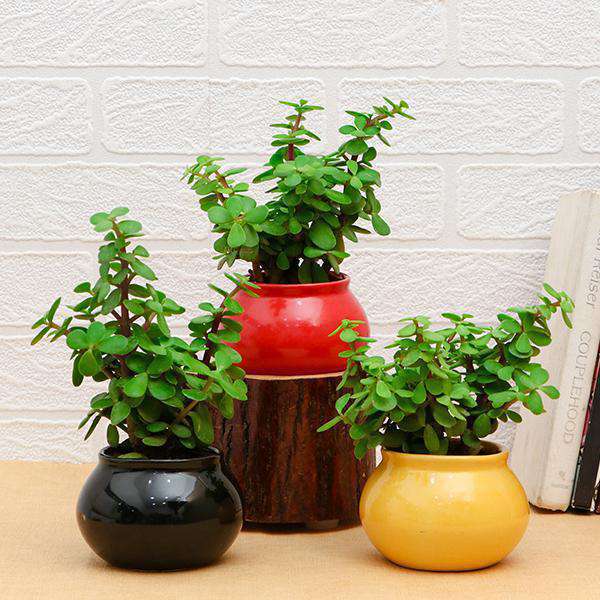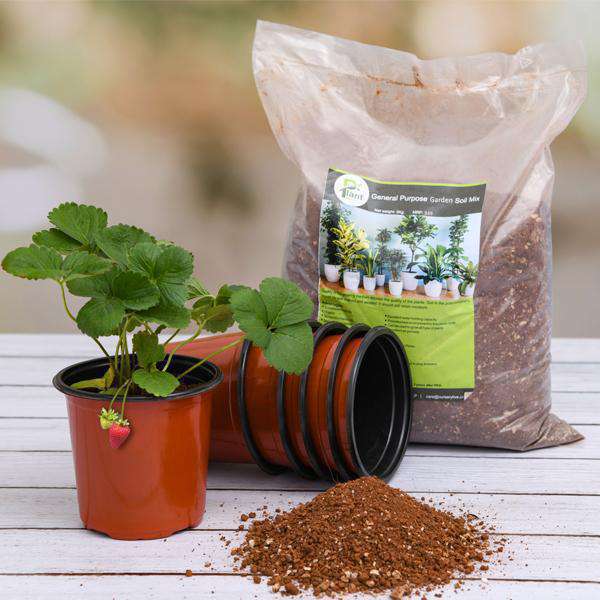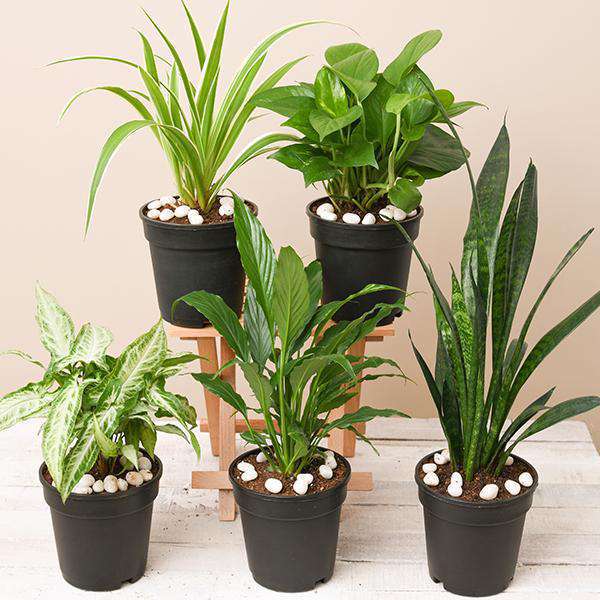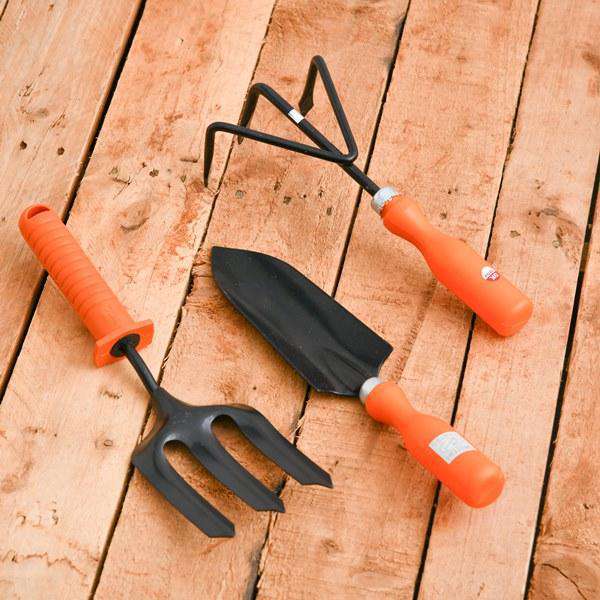Turnera Ulmifolia Benefits
If you’re looking for a plant that’s not just a pretty face, Turnera Ulmifolia, or Sage Rose, is your botanical bestie. This vibrant yellow beauty isn’t just here to brighten your garden; it’s packed with benefits. Known for its medicinal properties, it’s been used in traditional remedies for everything from skin ailments to digestive issues. So, while you’re admiring its sunny disposition, remember it’s also working hard behind the scenes to keep you healthy. Who knew a plant could be both a showstopper and a wellness guru?
Sage Rose Care
Caring for your Turnera Ulmifolia is like nurturing a diva—she needs attention but rewards you with stunning blooms. This plant thrives in well-drained soil and loves a good sunbath, so don’t skimp on the sunlight! Water it moderately, and it’ll flourish like a star on the red carpet. Just remember, too much water is like too much drama; it can drown your Sage Rose’s spirit. With a little TLC, you’ll have a garden that’s the envy of the neighborhood.
Turnera Ulmifolia Growth
Watching your Turnera Ulmifolia grow is like witnessing a magic show—one moment it’s a tiny sprout, and the next, it’s a dazzling display of yellow flowers. This plant can reach heights of up to three feet, making it a perfect focal point in your garden. It’s a fast grower, so don’t blink or you might miss its transformation! With the right conditions, it’ll spread its wings (or leaves) and create a lush, tropical vibe that’ll have your neighbors wondering if you’ve hired a landscape artist.
Sage Rose Propagation
Propagating Turnera Ulmifolia is easier than pie—just take a cutting, stick it in some soil, and voilà! You’ve got yourself a new plant. This method is not only simple but also a great way to multiply your garden’s charm without breaking the bank. Just make sure to choose healthy stems and keep them moist until they root. Before you know it, you’ll be the proud parent of a mini Sage Rose army, ready to take over your garden with their sunny disposition.
Turnera Ulmifolia Uses
The uses of Turnera Ulmifolia are as diverse as its vibrant blooms. Beyond being a garden showstopper, this plant has culinary and medicinal applications. Its leaves can be brewed into a tea that’s said to have calming effects—perfect for those days when life feels a bit too chaotic. Additionally, it’s often used in traditional medicine for its anti-inflammatory properties. So, whether you’re sipping on a soothing cup of Sage Rose tea or using it in a homemade remedy, this plant is a multitasking marvel.
Sage Rose Landscape Design
Incorporating Turnera Ulmifolia into your landscape design is like adding a splash of sunshine to a cloudy day. Its bright yellow flowers can liven up any garden, making it a fantastic choice for borders, beds, or even as a standalone feature. Pair it with darker foliage for a striking contrast, or mix it with other colorful blooms for a vibrant tapestry. This plant not only enhances aesthetics but also attracts pollinators, turning your garden into a buzzing paradise. Who knew landscaping could be this much fun?
Turnera Ulmifolia Pests
Like any diva, Turnera Ulmifolia can attract a few unwanted guests. But fear not! This plant is relatively pest-resistant, making it a low-maintenance option for gardeners. However, keep an eye out for aphids and spider mites, who might try to crash the party. A simple spray of insecticidal soap or neem oil can send these pests packing. With a little vigilance, your Sage Rose will remain the belle of the ball, free from pesky intruders.
Sage Rose Sunlight Requirements
If Turnera Ulmifolia had a motto, it would be “Sunshine is my best friend!” This plant thrives in full sun, soaking up those rays like a beachgoer on a summer vacation. Aim for at least six hours of direct sunlight daily, and watch it bloom like it’s auditioning for a role in a floral blockbuster. While it can tolerate partial shade, it’s not a fan of the dark—so keep it bright and cheerful for optimal growth. Your Sage Rose will thank you with a dazzling display of yellow flowers.
Turnera Ulmifolia Soil Preferences
When it comes to soil, Turnera Ulmifolia is a bit of a snob—it prefers well-drained, sandy loam to really strut its stuff. Heavy, waterlogged soil? No thanks! This plant thrives when its roots can breathe, so consider mixing in some compost or perlite to improve drainage. A pH level between 6.0 and 7.0 is ideal, ensuring your Sage Rose has the perfect environment to flourish. With the right soil, you’ll be rewarded with a garden that’s as vibrant as a summer day.
Sage Rose Flowering Season
Get ready for a floral fiesta when your Turnera Ulmifolia starts to bloom! This plant typically flowers from late spring to early fall, showering your garden with cheerful yellow blooms that can brighten even the gloomiest of days. The flowers are not just a feast for the eyes; they also attract butterflies and bees, turning your garden into a lively ecosystem. So, mark your calendar and prepare for a season of color and joy, as your Sage Rose takes center stage in the garden show.
Turnera Ulmifolia Companion Plants
Pairing Turnera Ulmifolia with the right companions is like assembling the ultimate dream team. Consider planting it alongside other sun-loving perennials like lantana or salvia for a riot of color and texture. These plants not only complement the vibrant yellow of Sage Rose but also attract beneficial pollinators. Just remember to give each plant enough space to shine—no one likes a crowded party! With the right companions, your garden will be the talk of the town, bursting with life and beauty.
